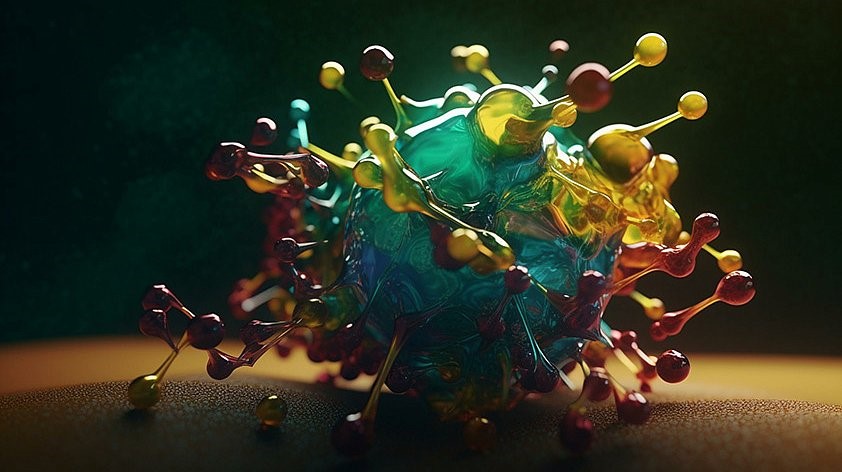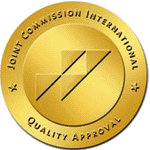Bile stagnation - cause, symptoms and prevention methods

Bile is produced by liver cells, necessary for the digestion of fats, fat-soluble vitamins, and the absorption of proteins and carbohydrates. Bile travels from the liver, through ducts, to the gallbladder, a small hollow organ, where bile is stored and accumulated. When fatty foods are consumed, the wall of the gallbladder contracts, and the accumulated bile is released through the duct into the duodenum, where it is involved in digestion.
The main task of bile is to participate in the process of breaking down fats that come with food and after processing with bile, fatty acids can enter the bloodstream and are sent to nourish muscles, build cells and produce hormones. Digested fats transport fat-soluble vitamins A, D, E, K, which can enter the tissues together with fatty acids only. In addition, bile helps the body get rid of excess cholesterol, which binds to bile acids and is excreted from the intestine in feces.
Bile stagnation is a condition when bile is excreted from the bladder in insufficient quantities or is not excreted at all. Bile, accumulating in the gallbladder, becomes concentrated and with prolonged immobility, it thickens and becomes very thick and viscous. Bile particles precipitate and form sludge, which over time results the formation of stones. Liver cells, continuing to produce bile, contribute to the accumulation and gallbladder stretching. Due to increased pressure, bile flows back through the hepatic ducts, causing a toxic effect on the liver.
Impaired absorption of fats and fat-soluble vitamins brings to metabolic imbalance, which causes vitamin deficiency, dysbacteriosis, and osteoporosis. If there is not enough bile, cholesterol is absorbed through the intestines and penetrates the blood. An increase in cholesterol levels in the blood is followed by the formation of cholesterol plaques, the progress of vascular atherosclerosis and heart disease.
What risk factors contribute to bile stagnation? They are:
- passive lifestyle and sedentary work;
- sex factor: it occurs more often in women than men due to increased risk during pregnancy or hormonal changes during menopause;
- age: older people are more susceptible to bile stagnation;
- predominance in the diet of foods rich in saturated fats and cholesterol;
- frequent infections of the bile ducts;
- chronic liver diseases;
- obesity;
- long-term use of antibiotics
Causes of bile stagnation are following:
- improper diet, too long breaks between meals;
- strict diets excluding healthy fats from the diet;
- nature of diet (overeating, abuse of fatty and fried foods rich in saturated fats)
- inactive lifestyle and alcohol abuse;
- insufficient consumption of clean water;
- frequent stress leading to spasm of the bile ducts and, as a result, bile is not excreted into the duodenum.
Congenital and acquired deformations of the gallbladder can also cause bile stagnation, often these are kinks, twisting and constrictions in the neck of the gallbladder.
Symptoms of bile stagnation are following:
- pain in the right hypochondrium - nagging/aching or acute - sharp, strong, paroxysmal
- belching, heartburn, bitter taste in the mouth, bad breath
- dyspepsia – nausea, vomiting, bloating
- bowel dysfunction, most often constipation
- weight loss
- bone fragility, dry skin and hair, brittle nails - signs of deficiency of fat-soluble vitamins
- chronic fatigue, irritability
- in advanced cases – yellowness of the skin and mucous membranes, itchy skin, dark urine, discoloration of feces.
Preventive measures to prevent the development of bile stagnation include, first of all, a proper diet using healthy fats, which should be present in every meal. This is a small amount of butter or olive oil, some fatty meat, fatty fish, a small amount of olives, nuts, avocados, egg yolks, cheeses. It has to use bitter foods (fennel, arugula, green onions, dandelion) and bitter-tasting foods (celery, cabbage, radish, garlic, onions), but only if there are no gastrointestinal diseases. The second, very important point, drinking water during the day, at least 1.5-2 liters, and drinking warm water in the morning is a useful habit relieving spasms and promoting the removal of bile. The third point, physical activity - simple exercises that will help move bile and empty the gallbladder.
Compliance with these measures will help not only prevent bile stagnation, but also reduce the risk of developing overweight and obesity.
If there are causes and signs of bile stagnation, it is important to consult a doctor to undergo a preventive medical examination and promptly prevent the development of bile stagnation and, as a result, serious diseases.
Take care of your health!




